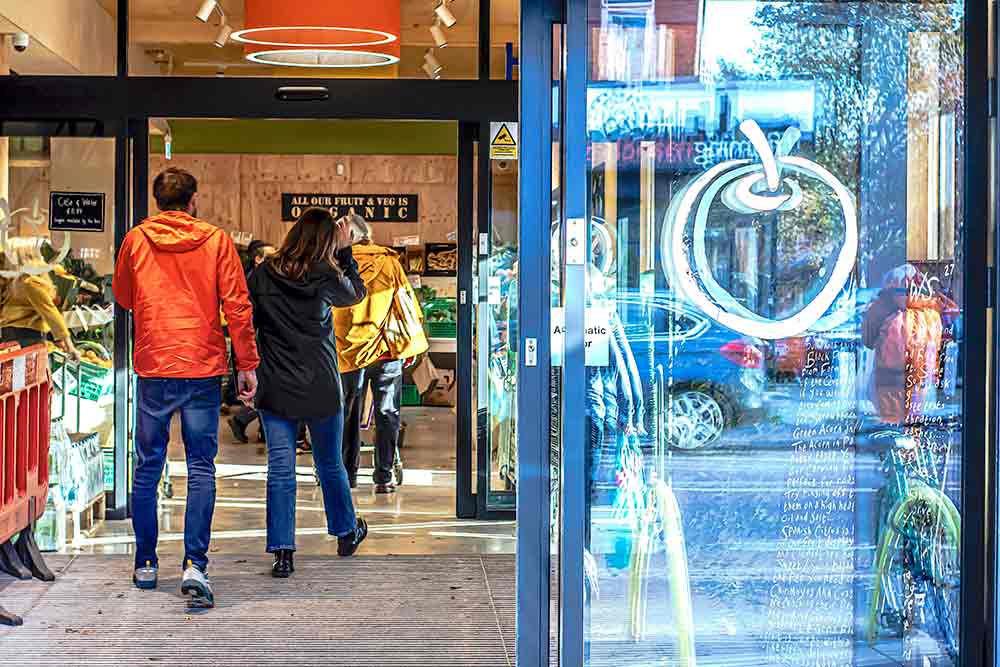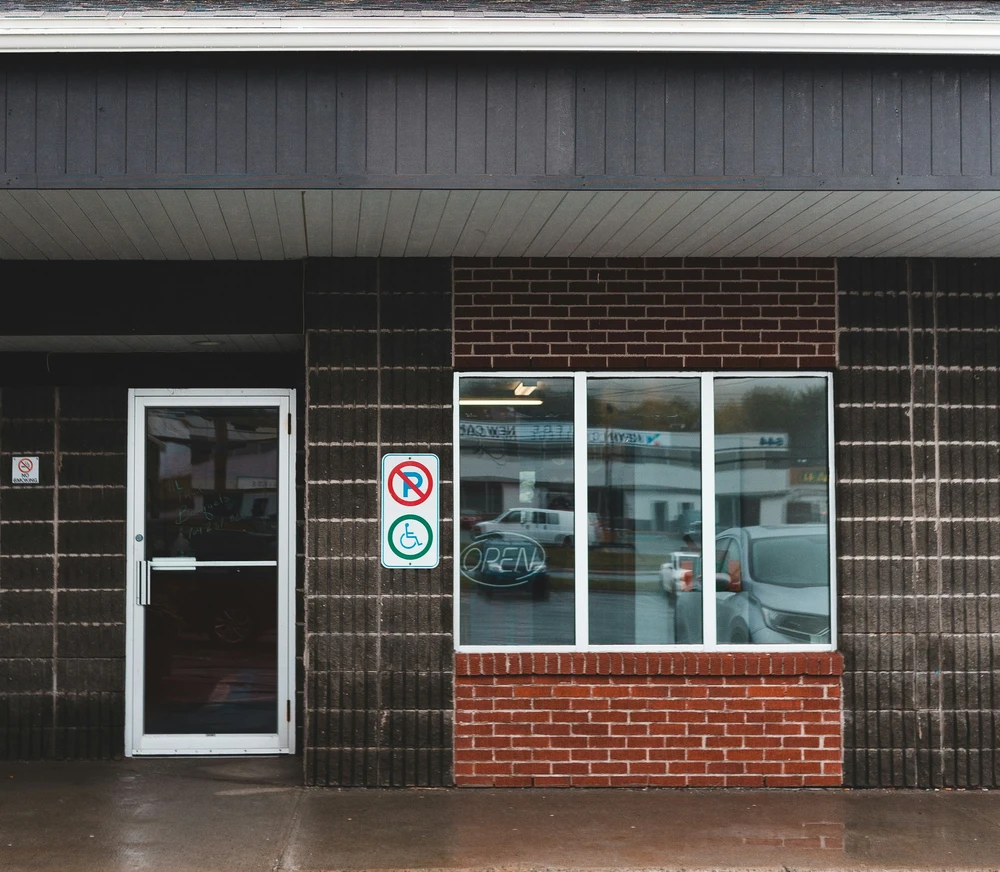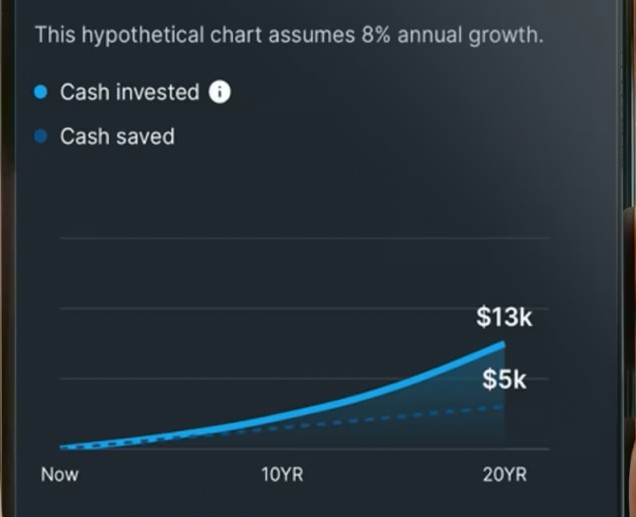Imagine losing your job unexpectedly. Your car breaks down. Or worse—a family member needs urgent medical care. Would you be financially ready?
This isn’t fear-mongering—it’s reality. Life doesn’t ask for permission before it throws a curveball, and that’s exactly why having an emergency fund is no longer a luxury; it’s a non-negotiable part of financial survival.
In this guide, we’ll cover:
- What an emergency fund is (and isn’t)
- How much you should realistically save
- Why inflation and cost of living matter in 2025
- Real strategies to build your fund—even on a tight budget
- When to use it—and when not to
- What to do after you dip into your emergency fund
Let’s dive in and protect your peace of mind.
💡 What Is an Emergency Fund (and Why Is It Different from Regular Savings)?
An emergency fund is a separate stash of money set aside to cover unexpected life events—job loss, medical emergencies, urgent home or car repairs, etc. It’s your financial airbag.
Unlike your regular savings for a vacation or a new phone, your emergency fund exists for one purpose: protecting your financial future when life gets messy.
You never want to put surprise expenses on a high-interest credit card or take out a payday loan. A well-built emergency fund saves you from falling into a debt spiral.
📌 Pro tip: Keep your emergency fund in a high-yield savings account—separate from your checking—to resist temptation but still have fast access.
🔍 How Much Should You Save in Your Emergency Fund?
🧮 General Rule: 3–6 Months of Living Expenses
The golden rule? Save enough to cover 3–6 months of:
- Rent or mortgage
- Utilities
- Groceries
- Health care
- Transportation
- Debt payments (if any)
If your monthly essentials cost $2,500, aim for:
- $7,500 (3 months) – if you’re single, have stable income, and no dependents.
- $15,000 (6 months) – if you have kids, own a home, or work in a volatile industry.
👪 Personal Factors That Affect Your Number:
- Unstable job? Save more.
- Self-employed or gig worker? Build 6–9 months.
- Health issues? Increase your cushion.
- Dual-income household? You may afford to save on the lower end.
🔗 Related: How Much Should You Save Monthly?
📈 How Inflation & Rising Costs Affect Your Emergency Fund in 2025
We’re not in 2015 anymore. The price of groceries, rent, and healthcare has gone up—and keeps climbing. A $10,000 emergency fund saved in 2018 won’t stretch as far in 2025.
Here’s why you need to recalculate your target annually:
- 🛒 Grocery inflation: Prices have surged 20–30% in the past few years. Learn budget tips here
- 🏠 Housing: Whether renting or paying a mortgage, housing costs are rising in most cities. Compare affordable U.S. cities here
- 💊 Medical expenses: One ER visit can wipe out $2,000+ easily—even with insurance.
🎯 Bottom Line: Adjust your emergency fund target for today’s cost of living, not yesterday’s.
🧠 How to Assess Your Personal Risk Factors
Let’s be real: not everyone needs the same fund size. Consider your:
- 🔄 Job stability: Is your job recession-proof?
- 🧾 Insurance coverage: What’s your out-of-pocket for a medical emergency?
- 🧒 Dependents: Kids or aging parents depend on your income?
- 🚗 Lifestyle: Do you rely heavily on your vehicle, home, or tech to work?
🔗 Helpful: Zero-Based Budgeting Guide for Real People
Knowing your risks = smarter saving goals.
🚀 How to Build an Emergency Fund—Even If You Live Paycheck to Paycheck
✅ Start Small. Stay Consistent.
You don’t need $15,000 overnight. Start with:
- $500 (mini fund)
- Then grow to $1,000
- Then one month’s expenses… and keep going.
✅ Automate It.
Set a recurring transfer to a separate savings account—even $25/week helps. You won’t miss what you don’t see.
✅ Save Windfalls.
Tax refunds, bonuses, side hustle income? Stash part of it immediately into your emergency fund.
🔗 Related: How to Start a Budget When You’re Living Paycheck to Paycheck
✅ Use a Tracker
Print and stick this free savings tracker on your fridge:
📎 Download Free Emergency Fund Tracker PDF
Or follow this fun savings challenge:
🔗 52-Week Savings Challenge
🔐 When Should You Use Your Emergency Fund?
Only for true emergencies:
- Unexpected medical bills
- Major car/home repairs
- Temporary loss of income
Not for:
- Vacations
- Holiday gifts
- Big sales or “can’t miss” deals
💬 Ask yourself: “Is this urgent, unexpected, and necessary?”
🛠️ What to Do After You Use It
If you tap into your emergency fund, refill it as a top priority.
Steps to Rebuild:
- Pause non-urgent spending.
- Re-route part of your paycheck toward rebuilding.
- Cut back subscriptions, dining out, or extras.
- Temporarily redirect extra debt payments (just the snowball, not minimums).
🔗 Consider: Debt Snowball vs. Avalanche — Which Should You Pick in 2025?
🌎 Emergency Funds & the Cost of Living in Your Area
Where you live affects how much you need.
If you’re in a high-cost city like San Francisco or NYC, a 6-month fund could easily mean $20,000–$30,000. But in more affordable cities, you can build a solid fund with $6,000–$10,000.
🔗 Explore: Cost of Living Comparison
🔗 Or check: Top Affordable Cities in 2025
📱 Best Tools to Track Your Emergency Fund Progress
- You Need a Budget (YNAB)
- Mint
- Goodbudget
- EveryDollar
- PocketGuard
🔗 Find out which tools Americans love: 7 Smart Budgeting Apps in 2025
💬 Final Thoughts: Your Peace of Mind Is Worth It
You can’t control life’s emergencies—but you can control how well you’re prepared.
An emergency fund is more than a number in your bank account—it’s peace of mind, it’s freedom, and it’s protection for you and your loved ones.
Whether you’re just starting out or topping off your six-month fund, remember:
💖 Every dollar saved is a dollar of stress avoided later.

